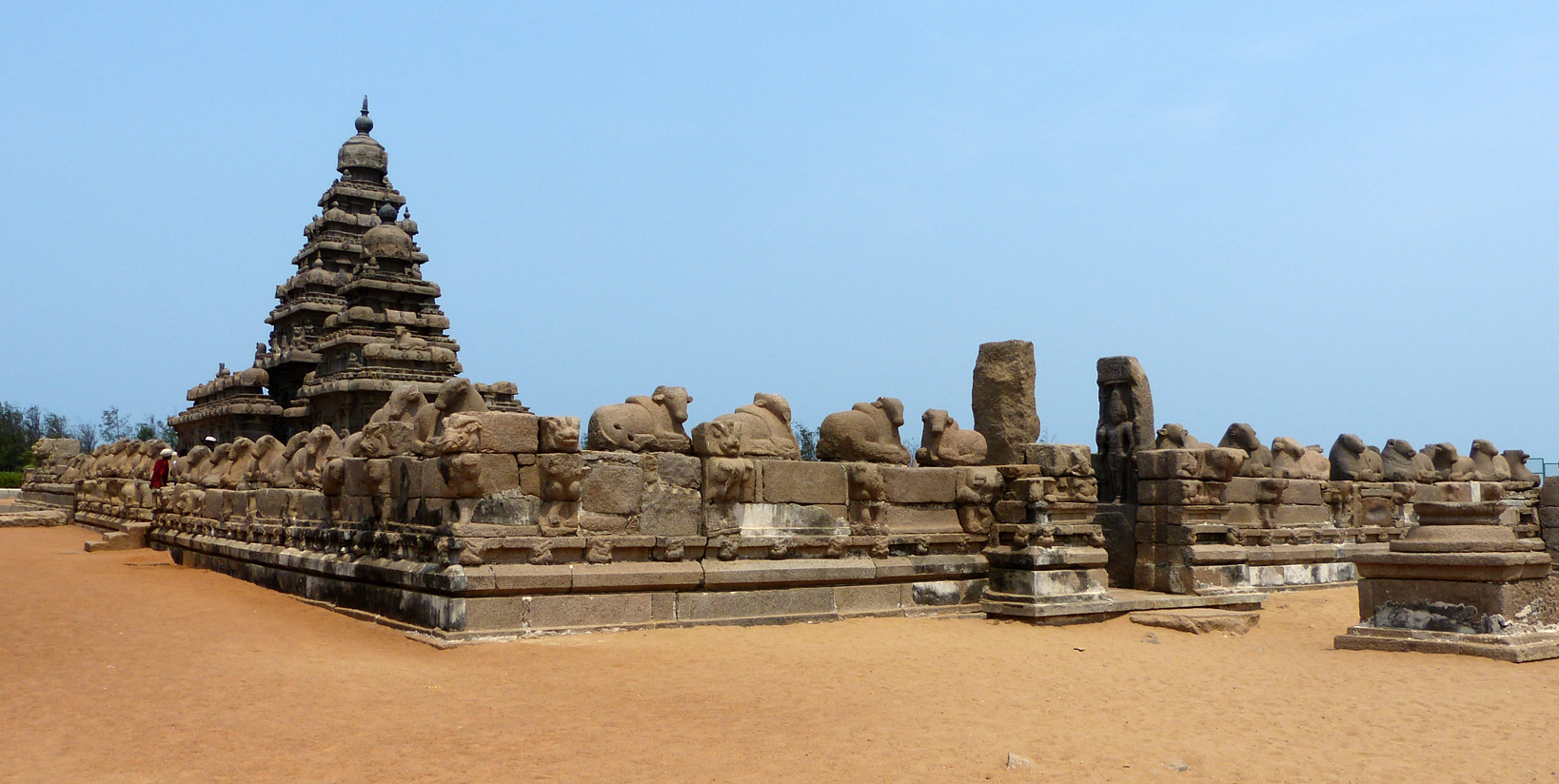Met on arrival at the airport in Chennai and transferred to the hotel.
The first British Warehouse came up in 1639 when the British acquired the sandy beach from the local Nayaks on lease. It was called Madraspatinam then. Later by 1654, the Fort St. George was built. Still later the neighboring villages were included in the city which came either as grants or gifts. Triplicane was rented from the Sultan of Golconda in 1676. In 1744 Robert Clive worked as a writer from the Fort, later to become a military man of British Army. The Fort House, which housed the Governor and his council, were added in the 17th Century, the Assembly Hall in 1910 and the Secretariat in 1925.
All the neighboring areas were merged into the city now known as Madras or as Chennai as it is officially known. Until Independence, Madras was the capital of what in British times was called the Madras Presidency, comprising nearly the whole of South India, including the Tamil, Telugu, Malayalam and Kannada speaking areas.
After wash and change, proceed for a half day city tour of
Santhome Cathedral. Built by Portuguese in the 14th and 15th century, this Cathedral is named after St. Thomas. Historically important, it is one of the pilgrimages for the Christian community.
Fort St. George, one the first few bastions built by the east India company, marks the beginning of Chennai as a modern city. It occupies a place of pride and prominence in Chennai. This bastion achieved its name from St. George, the patron saint of England. The state legislature and the secretariat are located in Fort St. George. It houses the St. Mary`s church the oldest Anglican Church in India which was built in 1680 and the tombstones in its courtyard are the oldest British tombstones in India. The Fort Museum, once a building that housed Chennai`s first lighthouse, first commercial bank and first `club`, is now a well-kept repository of tangible memories of early Madras.
Kapaleeswarar Temple Dedicated to Lord Shiva, Kapaleeswarar temple has inscriptions from the 13th century A.D. The temple `Gopuram` (tower) is in the characteristic Dravidian style of architecture. The walls and pillars of temple have very delicate and intricate carvings which depict the scenes from Hindu mythology.
Overnight will be at Chennai.


 +91-9810672750
+91-9810672750






